Find an Orthopedic Specialist
Fill out a contact form and we’ll call you to refer a doctor.
Seven Stretches to Relax the Back
Stretching does more than make you feel good. It keeps the blood moving and can help prevent or gently relieve tightness or sore muscles. Because back pain can have many causes, it’s helpful to have a number of exercises to get relief. See seven stretch demonstrations below.
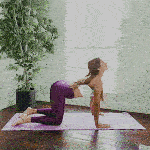
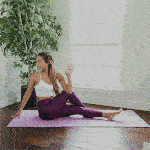
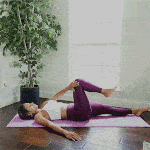
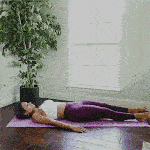

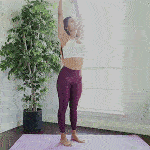
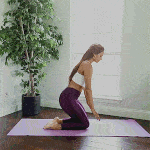
Source: Arthritis Foundation
Cat/Cow

- Start with a hands and knees position on the floor.
- Raise and arch your back like a cat with your head down.
- Slowly lower your back and scoop your head and tailbone upward.
- Repeat
Sitting Back Twist

- Sit on the floor with legs outstretched in front of you.
- Cross one leg over the other one at the calf.
- Twist your body toward the raised knee with your elbow on the outside of the raised knee.
- Repeat on opposite side/leg.
Lying Back Twist

- Lie on the floor with legs outstretched in front of you.
- Lift right knee and gently move it across your body using your left hand to guide the knee.
- Twist your body in the opposite direction of the knee.
- Look to the right and stretch your right arm out to the right.
- Repeat on opposite side/leg.
Knee Hug

- Lie on the floor with legs outstretched in front of you.
- Pull both knees up to your chest and hug your knees with both hands.
- Lift your nose to knees
- Repeat.
Standing Stretch Back

- Stand tall with feet together.
- Place both hands on the lower back, top of the buttocks.
- Gently press hips forward and lean back.
- Repeat.
Standing Stretch Side to Side

- Stand tall with feet together.
- Raise hands above head and gently touch fingertips.
- Lean to the right, then back, then to the left side.
- Repeat.
Child’s Pose

- Kneel on the floor.
- Exhale and lower your chest.
- Place your arms in front of you above your head or behind you with palms facing up or down.
- Rest in this position to relax.
Source: Arthritis Foundation

